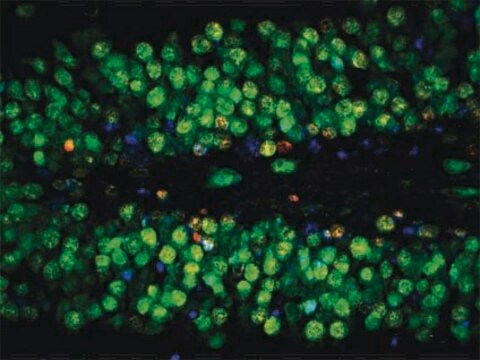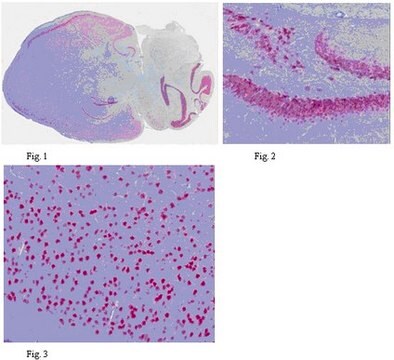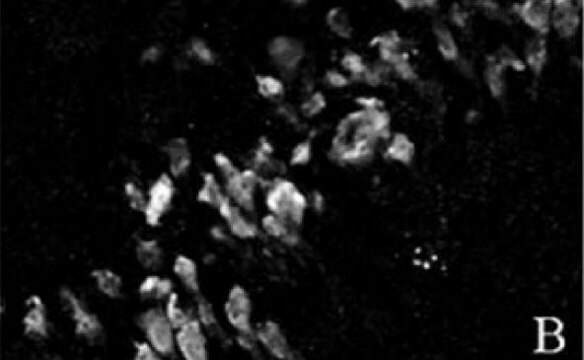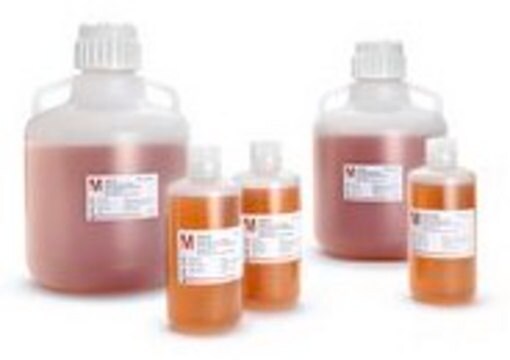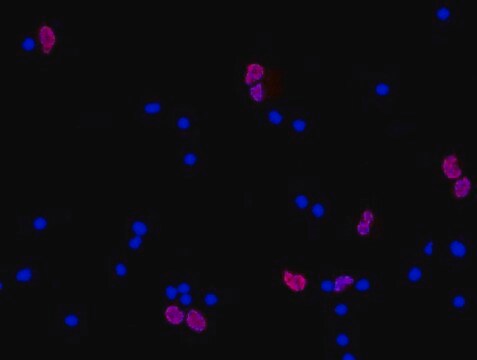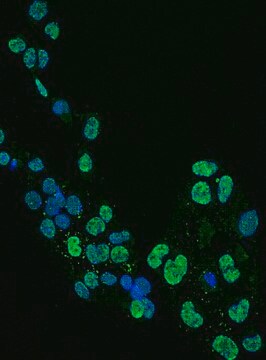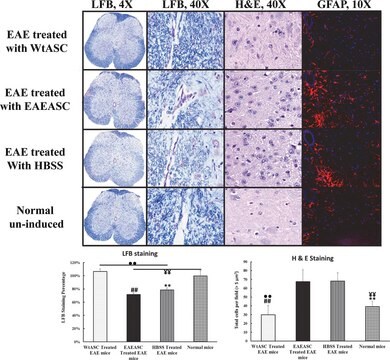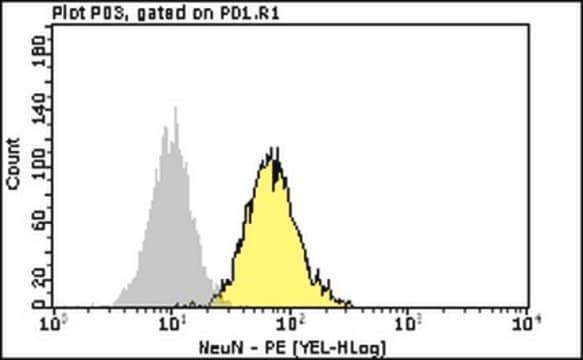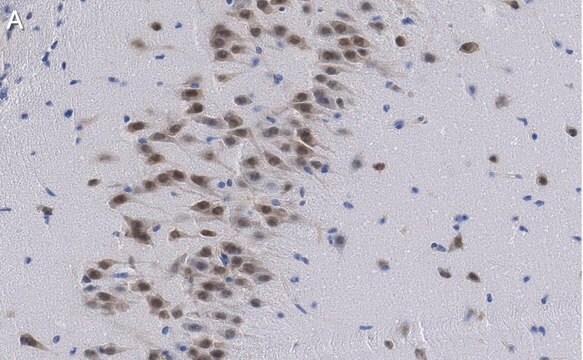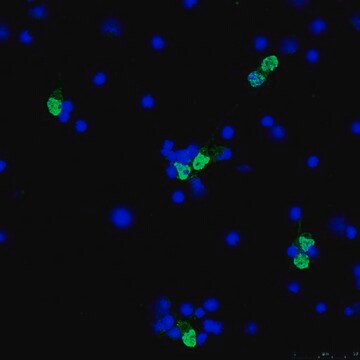MAB377A5
Anti-NeuN Antibody, clone A60, Alexa Fluor™ 555 Conjugate
clone A60, from mouse, ALEXA FLUOR™ 555
Synonim(y):
NEUronal Nuclei, Neuronal Nuclei
About This Item
Polecane produkty
pochodzenie biologiczne
mouse
Poziom jakości
białko sprzężone
ALEXA FLUOR™ 555
forma przeciwciała
affinity isolated antibody
rodzaj przeciwciała
primary antibodies
klon
A60, monoclonal
reaktywność gatunkowa
rat, mouse
metody
immunocytochemistry: suitable
immunohistochemistry: suitable
izotyp
IgG1
Warunki transportu
wet ice
docelowa modyfikacja potranslacyjna
unmodified
informacje o genach
mouse ... Rbfox3(52897)
rat ... Rbfox3(287847)
Opis ogólny
Zastosowanie
Jakość
Immunocytochemistry Analysis: A 1:100 dilution of this antibody detected NeuN in rat E18 primary cortex cells.
Opis wartości docelowych
Inne uwagi
Informacje prawne
Nie możesz znaleźć właściwego produktu?
Wypróbuj nasz Narzędzie selektora produktów.
Kod klasy składowania
12 - Non Combustible Liquids
Klasa zagrożenia wodnego (WGK)
WGK 2
Temperatura zapłonu (°F)
Not applicable
Temperatura zapłonu (°C)
Not applicable
Certyfikaty analizy (CoA)
Poszukaj Certyfikaty analizy (CoA), wpisując numer partii/serii produktów. Numery serii i partii można znaleźć na etykiecie produktu po słowach „seria” lub „partia”.
Masz już ten produkt?
Dokumenty związane z niedawno zakupionymi produktami zostały zamieszczone w Bibliotece dokumentów.
Klienci oglądali również te produkty
Nasz zespół naukowców ma doświadczenie we wszystkich obszarach badań, w tym w naukach przyrodniczych, materiałoznawstwie, syntezie chemicznej, chromatografii, analityce i wielu innych dziedzinach.
Skontaktuj się z zespołem ds. pomocy technicznej